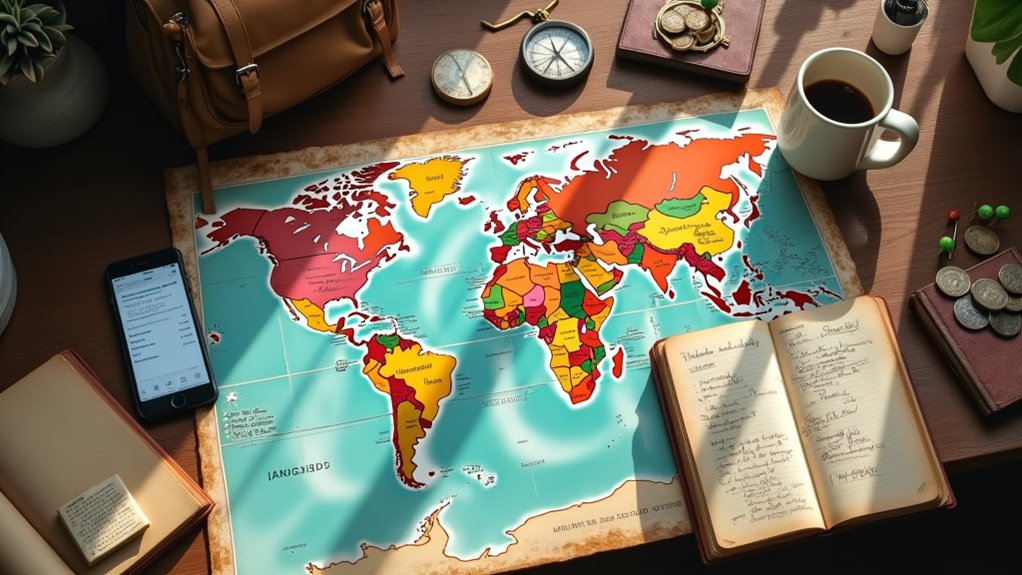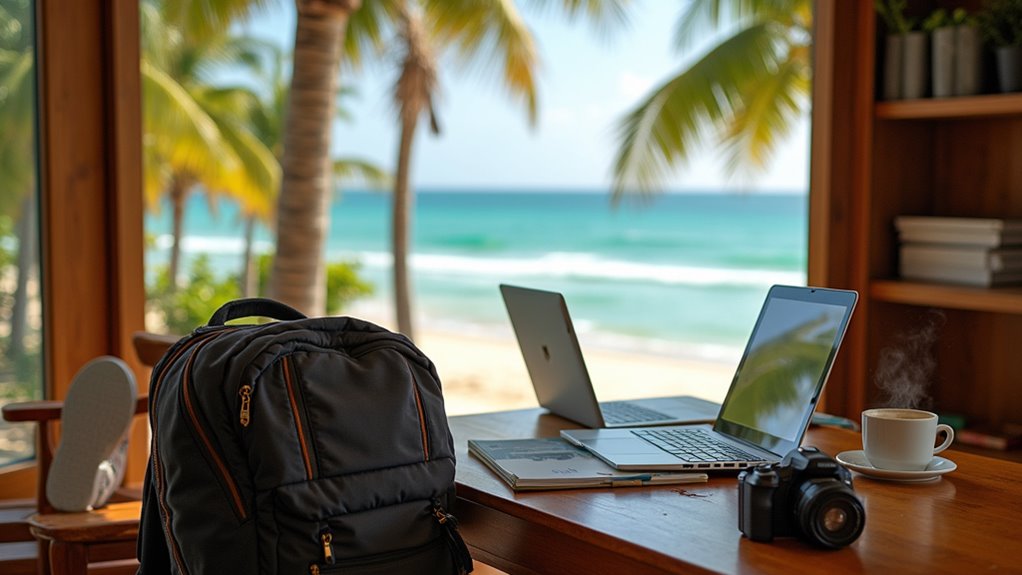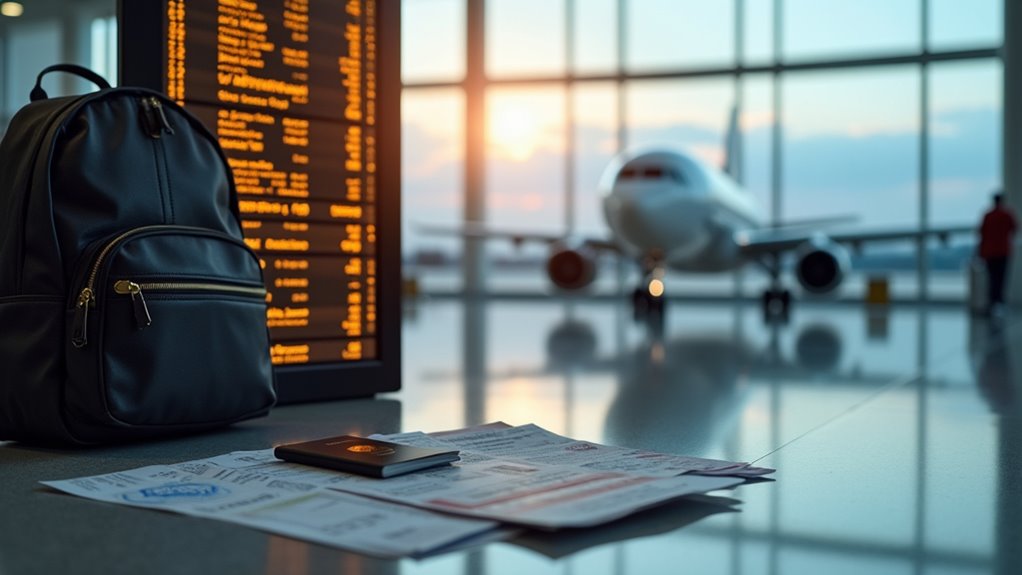Airlines charge you for checked bags to offset rising operational costs like fuel, labor, and airport security, while allowing them to advertise lower base fares in a competitive market. These fees generate essential ancillary revenue and help airlines manage regulations, since ticket taxes often don’t apply to baggage charges. Checked bag fees also stabilize airline finances against unpredictable expenses and encourage you to pack lighter, improving operational efficiency. You’ll discover more about how each factor shapes airline pricing decisions next.
As airlines face rising operational expenses, volatile fuel prices, and increased global competition, many carriers have adopted checked baggage fees as a standard practice to maintain profitability and efficiency. When you book a ticket, you might notice that the base fare seems low, but once you add a checked bag, the total cost often rises considerably. This strategy allows airlines to appear competitive in a saturated market while generating additional revenue without directly increasing ticket prices. Since fuel prices can fluctuate dramatically, checked bag fees provide a buffer, helping airlines manage unpredictable costs without risking financial loss.
These fees aren’t just about offsetting fuel expenses. Airlines must also account for growing operational costs, such as labor, equipment, and airport security requirements. Each checked bag incurs handling expenses, from staffing at the check-in counter to the baggage handlers and screeners working behind the scenes. By charging for checked bags, airlines can cover these logistical challenges and reduce the strain on their resources. The fees also encourage passengers to pack lighter, which helps streamline boarding processes, optimize aircraft weight, and minimize delays caused by excess baggage. Baggage fees have become a major revenue stream, particularly for low-cost and legacy airlines.
Checked bag fees help airlines manage rising labor and equipment costs while encouraging lighter packing and smoother, more efficient boarding.
Beyond immediate operational needs, checked baggage fees are part of a larger trend toward ancillary revenue generation. Airlines have learned from the low-cost carrier model, which originated in Europe, that unbundling services allows for more flexible pricing. You get to choose which services—such as seat selection, in-flight meals, or checked bags—you want to purchase, tailoring your travel experience based on your budget and preferences. Premium services are available for those willing to pay more, and tiered pricing structures offer flexibility for everyone.
Regulations also shape how airlines charge for checked bags. In the United States, government taxes apply to ticket prices but not to separate baggage fees, allowing airlines to retain more of this revenue. This tax loophole, combined with variations in global regulatory environments, makes checked baggage fees attractive from a financial perspective.
Ultimately, by charging for checked bags, airlines can maintain operational efficiency, remain price-competitive, and secure a stable income stream despite economic and logistical challenges.









